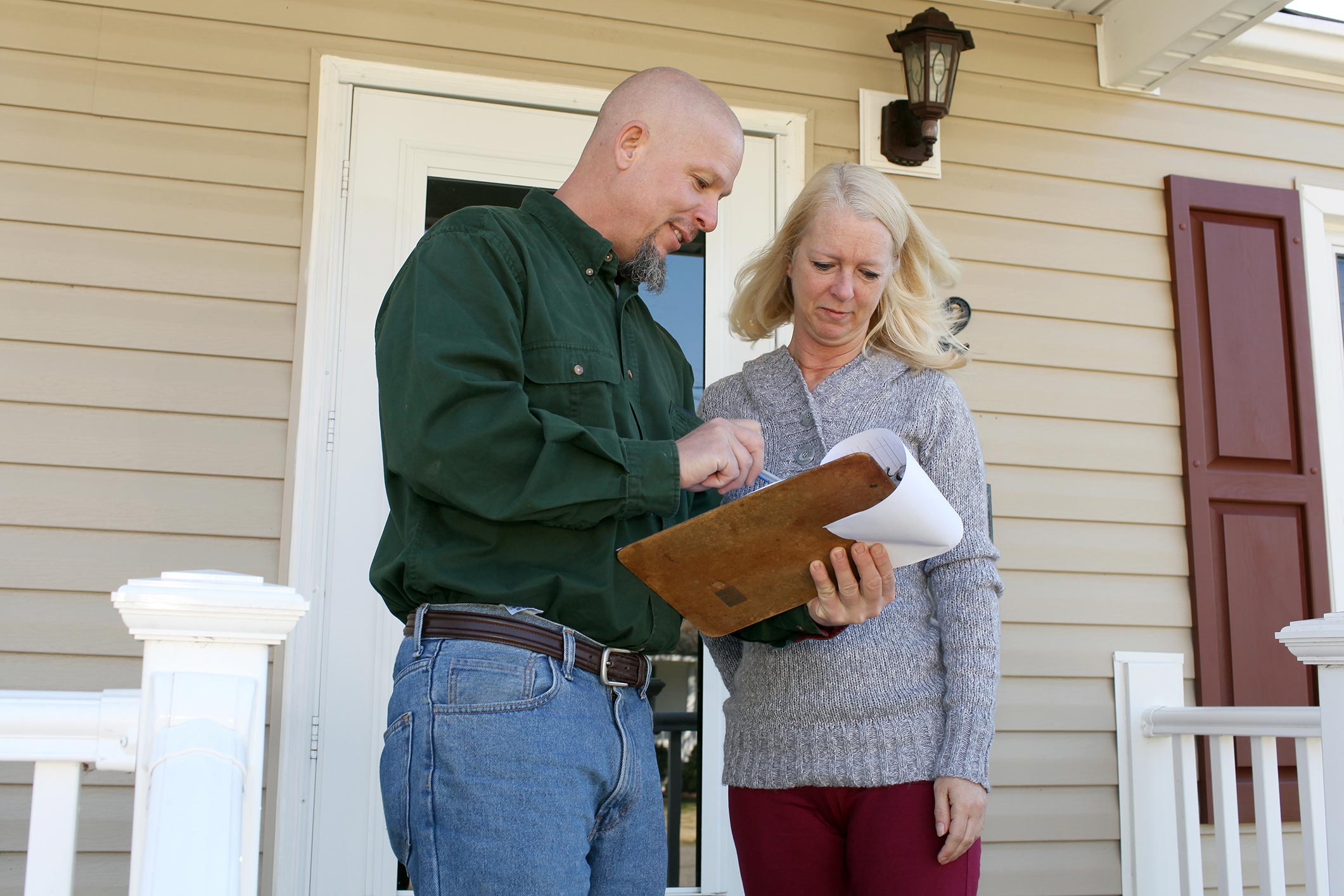Step 5: Get your payout and start rebuilding
Your insurance payout depends on your policy. It may cover some or all repair costs to rebuild your home or — in some cases — pay off your mortgage if you want.
You may get a partial payment first to help with urgent repairs, temporary fixes, or replacing personal items. To get back to normal faster, take these steps:
Make a plan with your mortgage company
Work with your mortgage servicer to create a repair plan. You don’t have to pay off your mortgage just because your insurance payout is large — unless your home can’t be fixed or rebuilt.
You may be able to pause or reduce your mortgage payments for a period of time if you can’t afford your regular payments. This is called a forbearance.
Speed up the payout process
Your insurance check will have both your name and your mortgage servicer’s name on it. That means you’ll both need to sign it before you can use the money. To avoid delays:
- Call the mortgage company right after you file your claim.
- Find out what’s needed to get the check signed and the money released.
- Make sure your contact information — including address and phone numbers — is up to date.
Track repairs and request payments
Major repairs are often paid for in stages, through what’s called an escrow account. Your mortgage company holds the money and releases it as work is finished and inspected.
Don’t wait for them to check on the work. Keep track of the repairs yourself and let your servicer know when each step is done. This helps move things along and gets you back into your home sooner.






